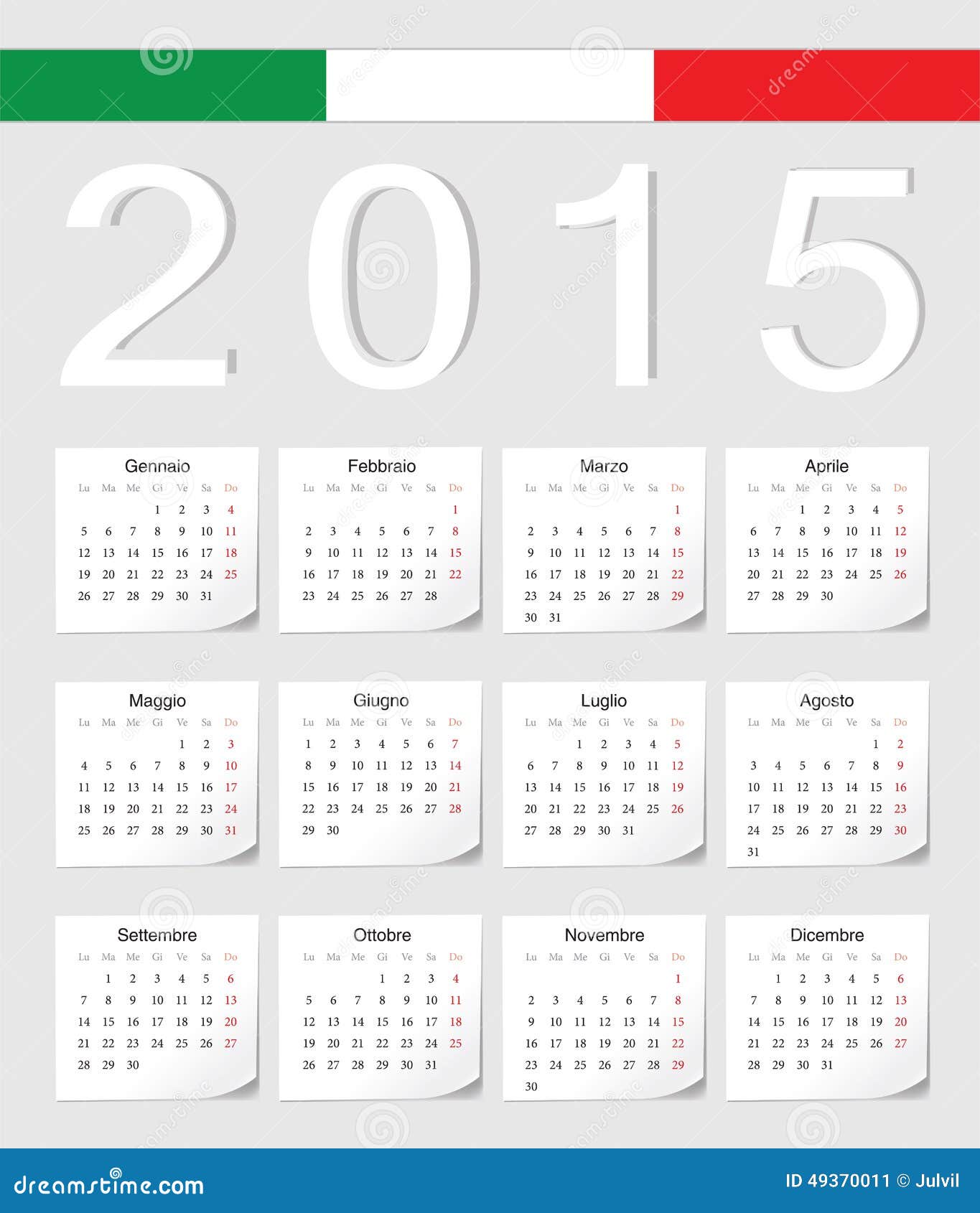
- CALENDAR WEEK NUMBER 2015 CODE
- CALENDAR WEEK NUMBER 2015 LICENSE
- CALENDAR WEEK NUMBER 2015 ISO
- CALENDAR WEEK NUMBER 2015 WINDOWS
Additionally you can view also leap years, daylight saving, current moon phase in 2015, moon calendar 2015, world clocks and more by selecting an. Also month calendars in 2015 including week numbers can be viewed at any time by clicking on one of the above months. It using a different calendar than you expect/want. The 2015 calendar is automatically generated and can always be visited online. The Bottomline: The Week number is not wrong.
CALENDAR WEEK NUMBER 2015 LICENSE
Unless you are willing to write your own control from scratch or license one which can be set to a different calendar ( and has a definition for ISO8601), that may be the best you can do. Print the first and last week numbers for 2011 To 2021: Dim cal As Calendar = ĭim NetWk = cal.GetWeekOfYear(dt, CalendarWeekRule.FirstDay, firstD)Ĭonsole.WriteLine("Invariant Date: ",ĭt.ToString("MM/dd/yyyy"), GetISOWeekOfYear(dt), NetWk) You can use that to display the ISO8601 week of year for the selected date in a label or something next to the DTP.
CALENDAR WEEK NUMBER 2015 CODE
Start with the code for GetISOWeekOfYear() from my answer to a very similar question. This is what you see in the calendar drop down.īut the ISO8601 Week Of Year is easy to calculate:
CALENDAR WEEK NUMBER 2015 ISO
ISO week year numbering therefore slightly deviates from the Gregorian for some days close to 1 January.

The first week of a year is the week that contains the first Thursday of the year (and, hence, always contains 4 January).
CALENDAR WEEK NUMBER 2015 WINDOWS
No, it is more than that: ISO8601 is a different calendar which neither Windows nor NET implements. Since Jan 1-3 is not 4 days, it would seem that there is either an error, a different calendar being used or MSDN is out of date.įrom what i understood, what's wrong is "date format". Week 1 is defined as the first week that contains at least four days. The code seen on the CP page is all there is and mainly it just sets a style flag to tell Windows to add the week numbers: style = style | MCS_WEEKNUMBERS We can also reference a cell that contains a date. The following formula returns 11 because 11 weeks have elapsed since January 1, 2017. It is simply changing the display style of the calendar window provided by Windows. We can use the WEEKNUM function to quickly determine how many weeks have elapsed from January 1st to a given date in the same year. Note that the control doesnt do anything calendar or display related. The way it is counting weeks, those first 3 days of 2016 count as the first week of 2016. Reprinted from the “The Skeeter”, the newsletter of the Virginia Mosquito Control Association.I don't understand why the calendar pass from 53 to 2 and not 53 to 1 By defining the epi week, we are able to maintain harmony and ensure that all parties count weeks the same way, understanding that epi week n refers to the same time period. Therefore we seek an intermediary period of time to analyze the data, and this brings us to the week. On the other hand the monthly time interval is too great, and data interpretation is needed at more frequent intervals.

So why do we bother to determine and use epi weeks? Many times, particularly for mosquito surveillance programs or epidemiological studies, daily increments are too frequent and too varied to be able to be managed and analyzed, or there are many factors that make it impossible to compare daily results. Each epi week begins on a Sunday and ends on a Saturday. The first epi week of the year ends, by definition, on the first Saturday of January, as long as it falls at least four days into the month. Is it the week in which the first of January falls? Is it the first complete week in January? To solve this, there is a definition (in the United States and many Latin American countries) as to how we establish epi week one. The question is, how do we define epi weeks? The heart of the matter is how we define the first epi week. Unfortunately not all countries calculate epi weeks in the same manner, and this discrepancy causes some difficulty in comparing data internationally. Nevertheless, they are used throughout the world by epidemiological teams in different countries. Many people know these as CDC weeks because CDC uses them and has published them in the past. Enhancements of EPI week calendars from 2014-present courtesy of Jennifer Forman-Orth of MDARĪn epidemiological week, commonly referred to as an epi week or a CDC week, is simply a standardized method of counting weeks to allow for the comparison of data year after year.


 0 kommentar(er)
0 kommentar(er)
